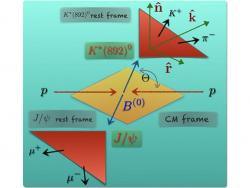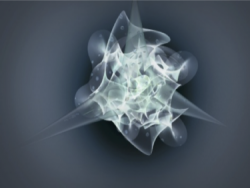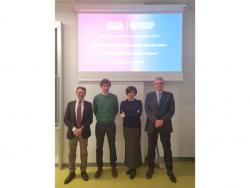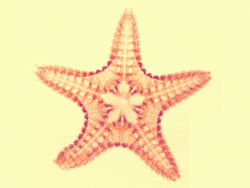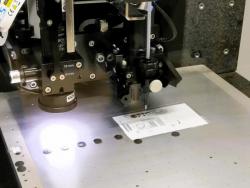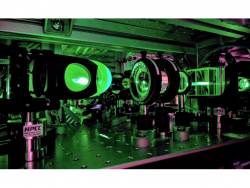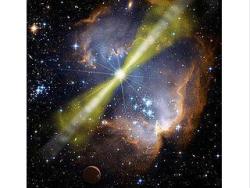
Gravitational waves are a consequence of the theory of General Relativity, published by Albert Einstein in 1916. They are ripples in the fabric of the spacetime that propagate at the speed of light, and are produced when huge masses are accelerated or deformed. This happens in many astrophysical scenarios, including supernova explosions or the gravitational interactions between black holes or neutron stars.
Gravitational waves are completely different from light, the main “messenger” used so far to study the Universe, although nowadays scientists have started to exploit other cosmic messengers, like cosmic rays or neutrinos. With the first detection of gravitational waves in September 2015, a new window on the Universe has been opened, allowing us to probe extreme phenomena driven by gravity. All the scenarios that will be probed by gravitational waves are so extreme that they are impossible to reproduce in our laboratories.
However, detecting gravitational waves is no easy task. More than fifty years of experimental and technology developments carried by thousands of scientists worldwide were needed to finally see the first gravitational waves with ground interferometers in 2015.
Why is so difficult to catch gravitational waves? They travel through spacetime, deforming it and producing mini “spacetime quakes”. In this slightly warped spacetime, material bodies are strained, and distances are stretched and squeezed alternatively. That’s a very tiny effect though: when a gravitational wave crosses Virgo, the 3-km arms of the detector are stretched by only a billionth of a billionth of a meter, i.e. less than a thousandth of the diameter of a proton. A very tiny effect that witnesses a violent astrophysical event thousands of light years from us!
The initial Virgo detector observed the sky between 2007 and 2011 together with the two interferometers of the Laser Interferometer Gravitational Observatory (LIGO), located in the United States in Hanford, WA, and Livingstone, LA. The search for gravitational waves has restarted in 2015 using the two improved Advanced LIGO detectors, with a much better sensivity than the previous generation of detectors. The Virgo detector joined the search a little later, and in 2017 it was instrumental in pinpointing the sky location of GW170817, a gravitational wave signal from the coalescence of a binary neutron star system: that observation marked the start of multimessenger astronomy with gravitational waves.
The LIGO/Virgo/KAGRA Collaboration is now taking data (observing run O4b) and detecting new gravitational wave events at a rate of about 2 per week. These are mostly coalescences of binary black hole systems. The observations that are being made go deeper and deeper into the universe and give us more and more accurate data on the characteristics of the population of binary black holes.
The Trieste group is part of the Padova-Trento-Trieste data analysis group which is part of the coherent WaveBurst (cWB) team, which also includes scientists from the University of Florida (Gainesville, FL), from the University of Zurich, and from the University of Valencia. cWB is a powerful data analysis burst algorithm for LIGO/Virgo/KAGRA data: its analysis is unmodeled or weakly modeled and provides a general approach that is complementary to the very specialized matched-filter, template-based data analysis methods.


